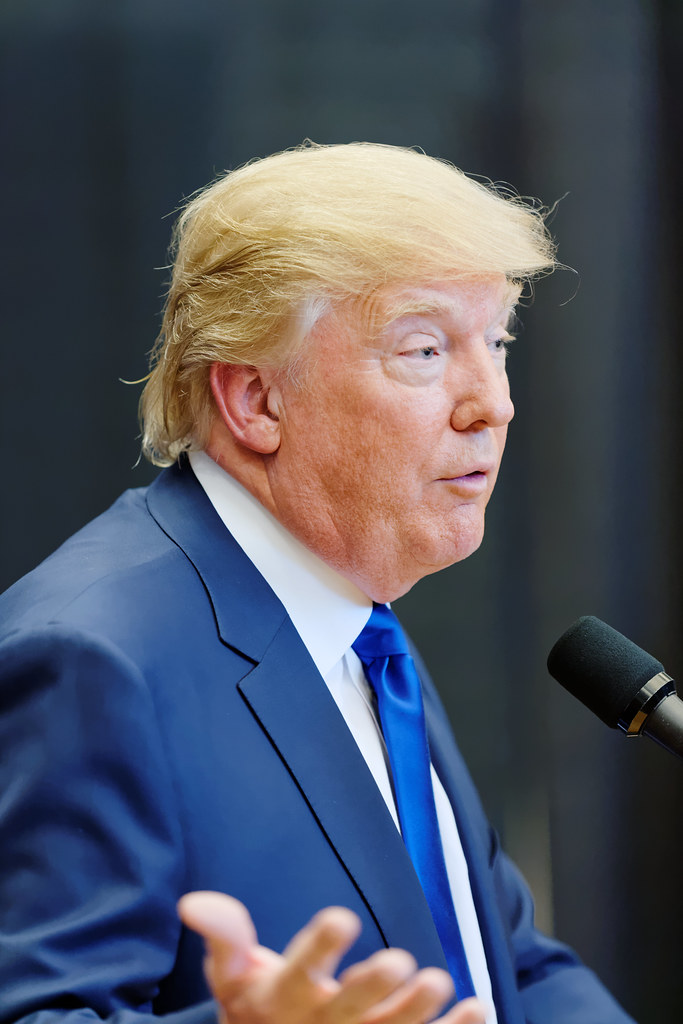Key Takeaways
• A top pharma executive fainted during the Oval Office collapse.
• President Trump stood up, then looked away without offering help.
• Critics slammed his reaction as uncaring and insensitive.
• The executive later recovered and was okay.
Trump’s Reaction to Oval Office Collapse Sparks Outrage
In a dramatic moment, President Trump met with pharma leaders to discuss weight loss drugs. Suddenly, a Novo Nordisk executive collapsed. Many saw the Oval Office collapse as a test of empathy. Yet Trump barely reacted. Instead, he stood over the scene, then turned away. His lack of visible concern stirred fierce debate.
What Happened During the Oval Office Collapse
First, Trump gathered industry chiefs in the Oval Office. They talked about new weight loss treatments and potential costs. Then Gordon Findlay from Novo Nordisk slumped to the floor. The room went silent. Luckily, TV doctor Mehmet Oz rushed forward. He checked Findlay’s pulse and gave basic medical care. Meanwhile staff called medical help. Photos show Trump leaning over his desk, peering down. Yet as Oz and aides worked, Trump looked off to his right. He appeared disappointed, not distressed. Within minutes, the executive regained consciousness. Staff led him away for further examination. Ultimately, Findlay walked out under his own strength. He suffered no lasting harm.
Why People Criticize Trump’s Reaction
Many observers felt the president’s behavior lacked compassion. For example, Chris Hayes on one news show said Trump “stood unmoved” while aides tried to revive the man. He added that the photo makes it clear Trump may not care about lowering costs for real people. Jen Psaki asked if Trump understood the gravity of the moment. Similarly, Democratic activist Harry Sisson called the image a perfect snapshot of Trump’s priorities.
Not just politicians spoke up. Mario Pawlowski, who built an AI named inHereticAI, noted that Trump struck a pose rather than offering help. He labeled the act as cowardly and fear-driven. On social media, Morgan J. Freeman said Trump “could give two s—s” about a man in medical distress.
Even former Rep. Joe Walsh, a Republican, used sarcasm to criticize Trump. He wrote about Trump “springing into action” when the man collapsed. Magazine writer Matthew Yglesias described the scene matter-of-factly. He headlined his piece “Donald Trump reacts to a man in medical distress in the Oval Office.” Novelist Patrick S. Tomlinson compared Trump to a broken robot at an amusement park. He quipped the president looked “‘shut off’ like at Disney’s Hall of Presidents.”
In addition, Nebraska state senator Megan Hunt recalled a 2017 incident. That year, an elderly man collapsed near Trump and started bleeding. Trump allegedly said, “Get that blood cleaned up; it’s disgusting.” Such memories only fueled the backlash.
Legendary comedian John Cleese joined the chorus. He joked that Trump must have been “seething because he lost the spotlight for a moment.” Clearly, the Oval Office collapse reignited old debates over his empathy.
The Man Is Fine After the Oval Office Collapse
Despite the chaotic moment, the executive walked away healthy. Paramedics checked his vitals and found no serious issues. He even spoke with colleagues later that day. Reports say he felt dizzy from standing too long under bright lights. Moreover, he praised the quick action of Dr. Oz and the medical team.
The episode also highlighted safety measures inside the Oval Office. Since the incident, officials plan to update emergency protocols. They will ensure medical kits and defibrillators sit closer to the president’s desk. Training for staff on first aid will increase too.
How This Affects Trump’s Image
On one hand, supporters argue Trump cannot foresee every medical emergency. They say he reacted normally by letting trained professionals respond. However, critics believe a leader should show more visible concern. They point out that empathy boosts public trust. Thus, a cold reaction may damage his image further.
Furthermore, the Oval Office collapse occurred amid talks on weight loss drugs. Many Americans worry about costs and access to these treatments. Observers tied Trump’s lack of empathy here to broader concerns over healthcare. They argued a caring president would pause policy talks momentarily.
Yet others counter that running a nation demands focus, even during crises. They note that Trump oversees many issues at once. Thus, one moment of inattention may not define his entire presidency. Still, photos hold power, and this one will likely circulate for weeks.
Lessons and Next Steps
This incident reminds us that leaders face scrutiny in every moment. Even a brief lapse can spark heated debate. Therefore, Trump’s team aims to show more empathy publicly. Staff will advise him to step forward, offer a hand, or call out for assistance.
Moreover, media outlets will keep an eye on how future incidents unfold. They will compare reactions and measure public response. Meanwhile, healthcare stakeholders will use the moment to promote better emergency readiness.
In the end, the Oval Office collapse raised more than medical alarms. It raised questions about empathy, leadership, and public image. As debates continue, one fact remains clear: Gordon Findlay is okay, and the world got a vivid lesson in optics.
Frequently Asked Questions
Why did the executive collapse in the Oval Office?
He felt dizzy after standing for a long time under bright lights. Doctors confirmed no serious condition.
Did President Trump help the man who collapsed?
He did not offer direct aid. Instead, medical professionals and Dr. Oz provided care.
How did critics respond to Trump’s reaction?
They called his behavior uncaring and insensitive. Many shared photos online.
What safety changes followed the Oval Office collapse?
Officials plan to add medical kits nearby and train staff in first aid.

